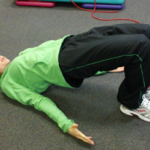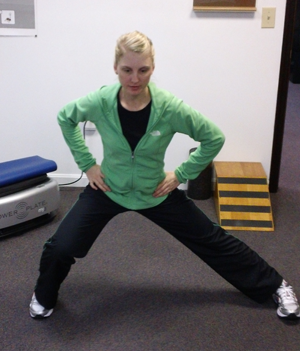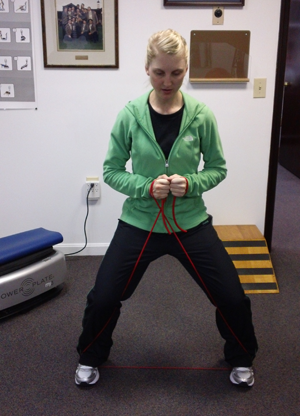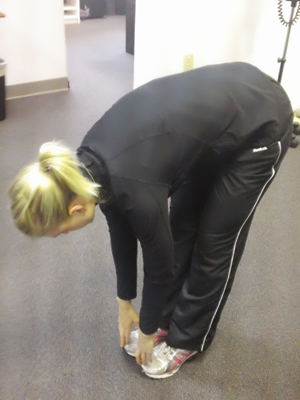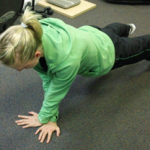Baseball
Baseball Tips and Issues
Should throwing athletes, such as baseball pitchers, lift weights overhead?
During any exercise performance requiring arm elevation, scapular protraction, tilting and rotating are critical to ensure proper contact in position of the humeral head and glenoid fossa for appropriate hand and arm function. scapula on the thoracic, as well as maintaining the proper position in contact of the
Secondly, the proper placement of the scapula maintains a safe position of the coracromial arch, performed by the coracoid and acromium process in the connecting coroacromial ligament. This position prevents impingement.
Third, due to the attachment of the rotator cuff muscles on both the scapula and humerous, the muscles of the scapula must be strong enough to provide a stable base or platform during rotator cuff function so the humerous may move both friendly and when necessary, at high velocity, without placing the rotator cuff at increased risk of injury.
The performance of overhead weight lifting exercises, whenever possible, should be performed in the standing position with the exercise initiated by the legs. Athletic success requires the athlete to generate high amounts of force into the ground surface area. It has been documented that a pitcher’s legs contribute up to 60% of his throwing velocity. So why would athlete not train on their feet, including overhead lifting, whenever possible?
How can I prevent ACL injuries?
ACL injuries are becoming ridiculously common among athletes from the junior high/high school levels on through the professional levels of all sports. My personal thoughts on this issue are that they are a result of the poor training programs most of these kids go through.
The act of jumping and leaving the floor is not so much the problem. But what goes up, must come down, and it’s not always pretty when it does. Landing incorrectly, with the knees in an abnormal formation, is a major cause of ACL injuries.
Landing efficiently involves all the following: Landing on the balls of the feet; knees aligned with the mid to outer foot; hips are back absorbing force; slight forward lean of the trunk with the back flat. Basically it is a good squat position!
So when addressing ACL prevention, start with squat progression exercises and progress into landing progression exercises with single and double legs.
How to loosen up a tight ilio-band
Have you ever felt tightness along the outside of your thigh? That is your iliotibial band, a long tissue that attaches at your knee into a muscle called the tensor fascia latae (TFL) on your hip. When the TFL becomes overly stressed, it pulls on the iliotibial band. Many runners who complain of iliotibial tightness will continue to stretch the iliotibial band but fail to address the real problem – weak gluteal muscles. Try gliding your iliotibial band, TFL, quadriceps muscles and hamstrings over a foam roller to loosen them up.
Then work on strengthening your gluteal muscles with exercises like bridges and band X walks.
How do I improve hamstring flexibility?
This is a question I receive on a daily basis. Muscles often tighten up because your body is trying to create stability where it is lacking. For instance, you might think your hamstrings are tight, but the underlying issue could be an unstable core. So if you simply improve the flexibility of the tight muscle, you may actually be removing your body’s point of stability. As a result, your body can become more unstable, increasing your risk of injury. If you’ve been stretching your hamstring for years and they are still tight, it is not a hamstring issue. Try these exercises instead.
- Lateral Squat
- X Walk
- Perfect Toe Touch
Serratus anterior strengthening
In the last few years, serratus anterior and the lower fibers of the trapezius had become new hot topics in shoulder health and rehabilitation. The serratus can be divided into both upper and lower fibers, with lower fibers abducting and depressing the scapula while the upper fibers elevate the scapula with all muscle fibers combining to help upward rotation of the scapula. A modification of the basic pushup, crossing the hand position, produces a stretch on the rhomboids and allows the scapula to abduct before you even begin the exercise. The serratus may not even get the chance to work eccentrically on the way down to the floor as the rhomboids will straight away want to take it over and adduct the shoulder blades together as the serratus is too weak to control the scapula as it adducts eccentrically. Try this new exercise to stabilize your shoulder.

